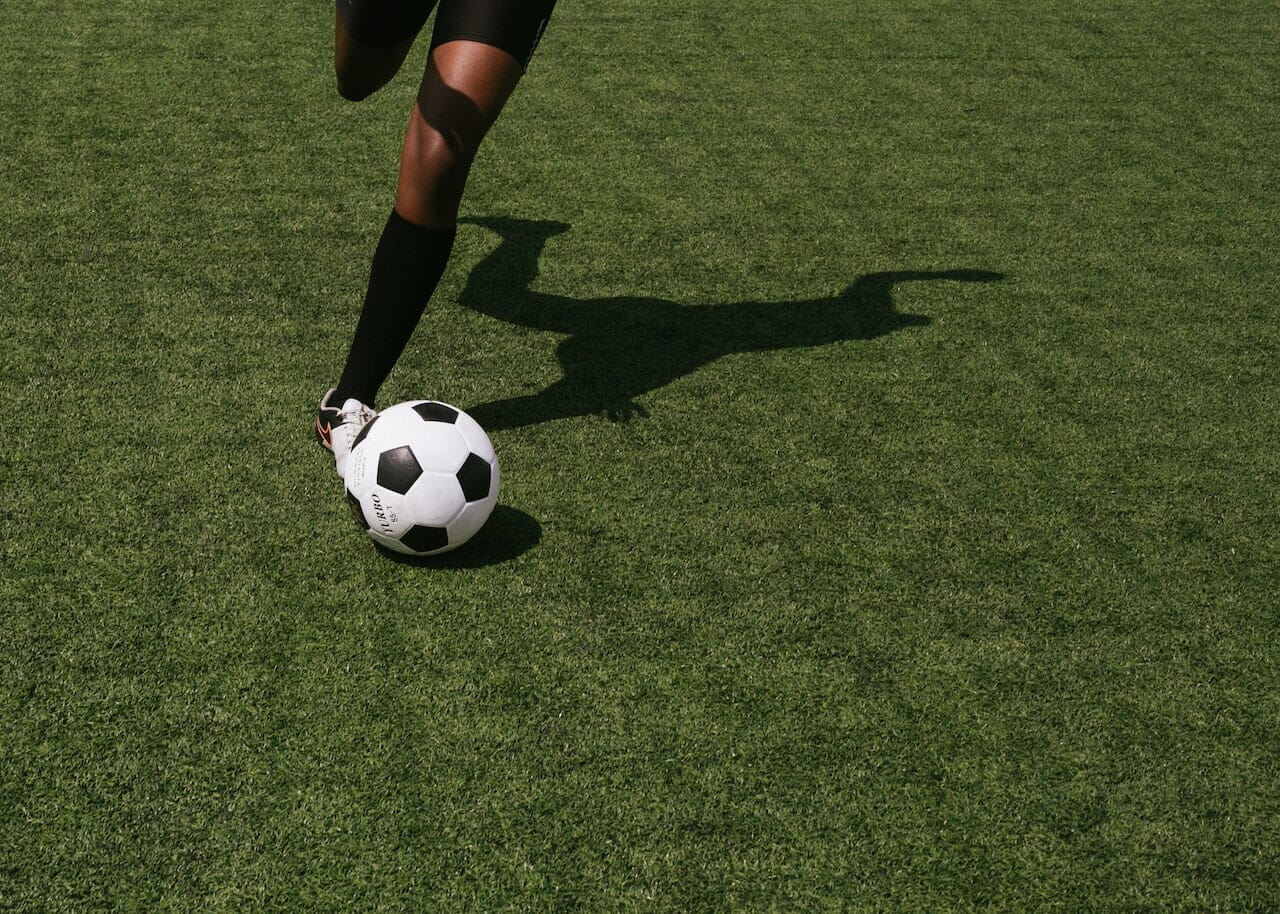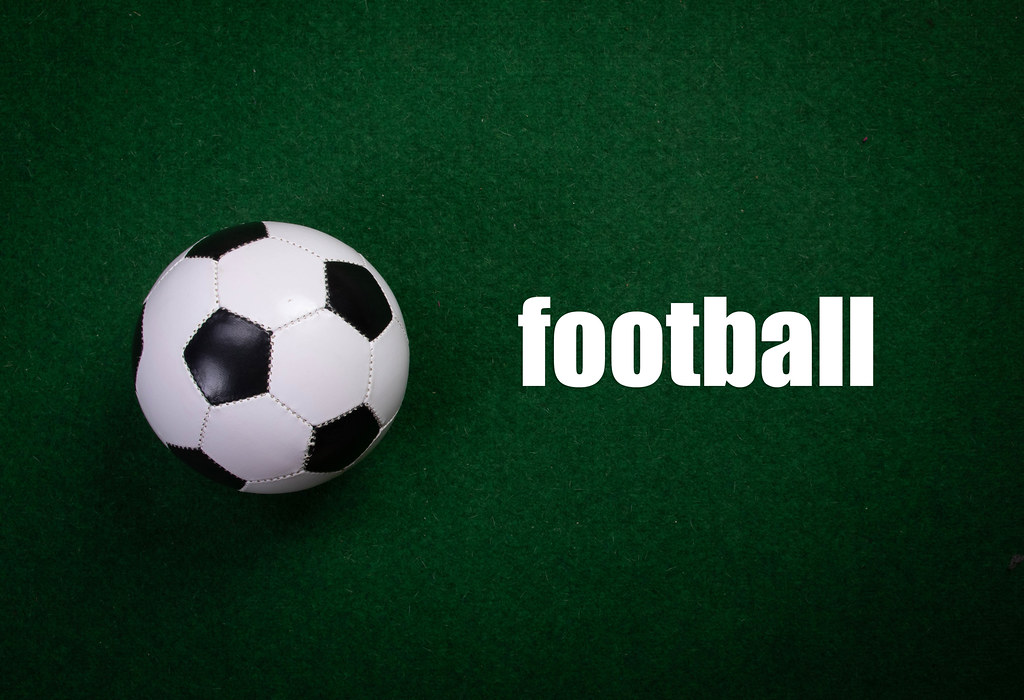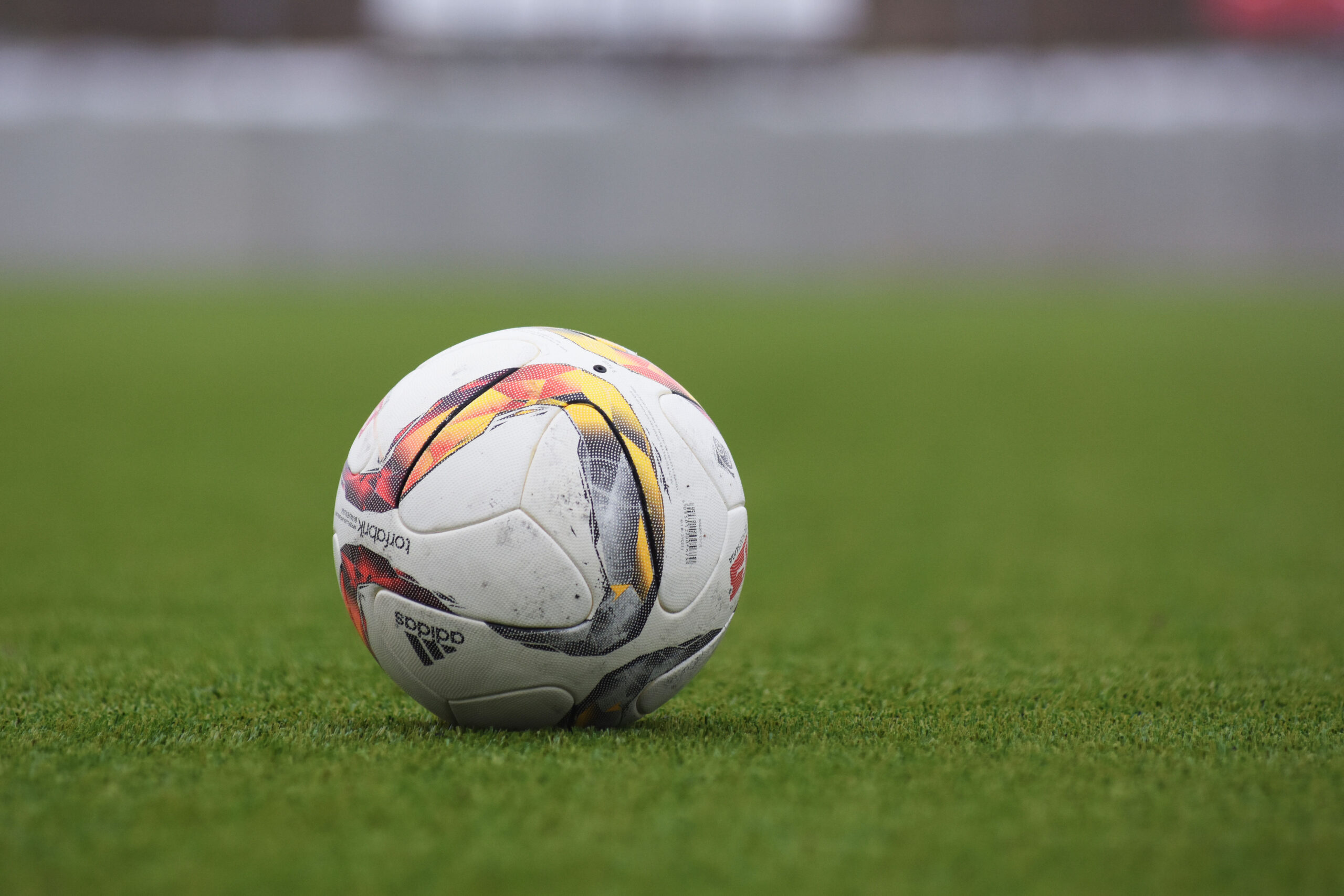Mastering the Art of Dribbling: How to Dribble Without Looking at the Ball in Soccer

To dribble without looking at the ball in soccer, maintain awareness of your surroundings and use your peripheral vision. By doing so, you can keep your head up and make better decisions on the field.
Dribbling is an essential skill in soccer, allowing players to maintain control of the ball while navigating through opponents. While many players rely on constantly looking at the ball to ensure its positioning, dribbling without looking at the ball can greatly improve a player’s field awareness and decision-making abilities.
By keeping their head up and using peripheral vision, players can anticipate the movements of teammates and opponents, enabling better passing options and avoiding potential tackles. We will explore techniques and tips for dribbling without looking at the ball in soccer, helping players enhance their overall gameplay.

Credit: www.adidas.com
Developing Field Awareness While Dribbling
To develop field awareness while dribbling in soccer, there are several tips you can follow:
- Keep your head up instead of looking down: By keeping your head up, you can assess the field and spot open teammates.
- Scan the field for open teammates: Develop the habit of scanning the field quickly to identify open teammates and make accurate passes.
- Anticipate the movements of defenders: As you dribble, try to anticipate defenders’ movements and plan your next move accordingly.
- Utilize peripheral vision to assess the field: Train yourself to use your peripheral vision effectively to keep track of both the ball and the field around you.
By incorporating these tips into your dribbling technique, you can enhance your field awareness and become a more effective soccer player.
Enhancing Dribbling Techniques For Better Ball Control
Enhancing dribbling techniques is essential for better ball control in soccer. To perfect the speed dribble, maintaining a low body position is crucial. Using quick, short touches on the ball allows for better control. Shifting body weight allows for changes in direction while dribbling. Mastering the art of the “head up” dribble is also vital. Peripheral vision plays a significant role in understanding the importance of this technique. Practicing dribbling while looking at a fixed point helps develop this skill. Gradually increasing speed and difficulty in dribbling drills helps improve performance. Overcoming the fear of not looking at the ball requires building trust in footwork and muscle memory. It helps to focus on the target or goal instead of the ball. Practicing solo dribbling drills can help develop confidence in dribbling techniques.
Implementing Dribbling Strategies In Game Situations
- Utilizing feints and body movements to deceive defenders
- Exploiting gaps and space created by defenders’ reactions
- Accelerating into open spaces for successful dribbles
- Using close ball control to navigate congested areas
- Shielding the ball from opponents while dribbling
- Employing quick changes of direction to elude defenders
- Combining dribbling with off-the-ball movement
- Identifying and exploiting defensive weaknesses
- Making precise passes or shots after dribbling
Conclusion
To become a master dribbler without looking at the ball in soccer, it is important to practice and develop your field awareness. By keeping your head up while dribbling, you can anticipate the movements of your teammates and opponents, make accurate passes, and create scoring opportunities.
It may be challenging at first, but with consistent practice and confidence in your abilities, you can become a more skillful and effective player. So, keep your eyes on the field, trust your instincts, and let your feet do the talking.


